Japan: Overtourism Triggers Tighter Restrictions

Japan has seen unprecedented tourist numbers since reopening post-pandemic, with a record 3.08 million visitors in March 2024 alone, surpassing pre-COVID figures. In response, authorities have implemented strict crowd-control measures in hotspots like Kyoto and Mount Fuji. For instance, Kyoto’s Gion district now bans tourists from narrow private alleys, with violators facing fines of up to 10,000 yen (around $65). Mount Fuji introduced a daily cap of 4,000 climbers for the main Yoshida Trail and a new ¥2,000 (about $13) access fee as of April 2024, citing environmental degradation and safety concerns. Local residents, especially in Kyoto, have publicly protested against tourist misbehavior, prompting these swift policy changes. The Japanese government has announced plans to spread visitors away from congested sites, but authorities admit some areas may see further restrictions or outright bans if the situation worsens. These new rules mark a sharp shift for a country that once actively encouraged inbound tourism as part of its economic strategy.
Venice, Italy: The First Major City to Impose an Entry Fee
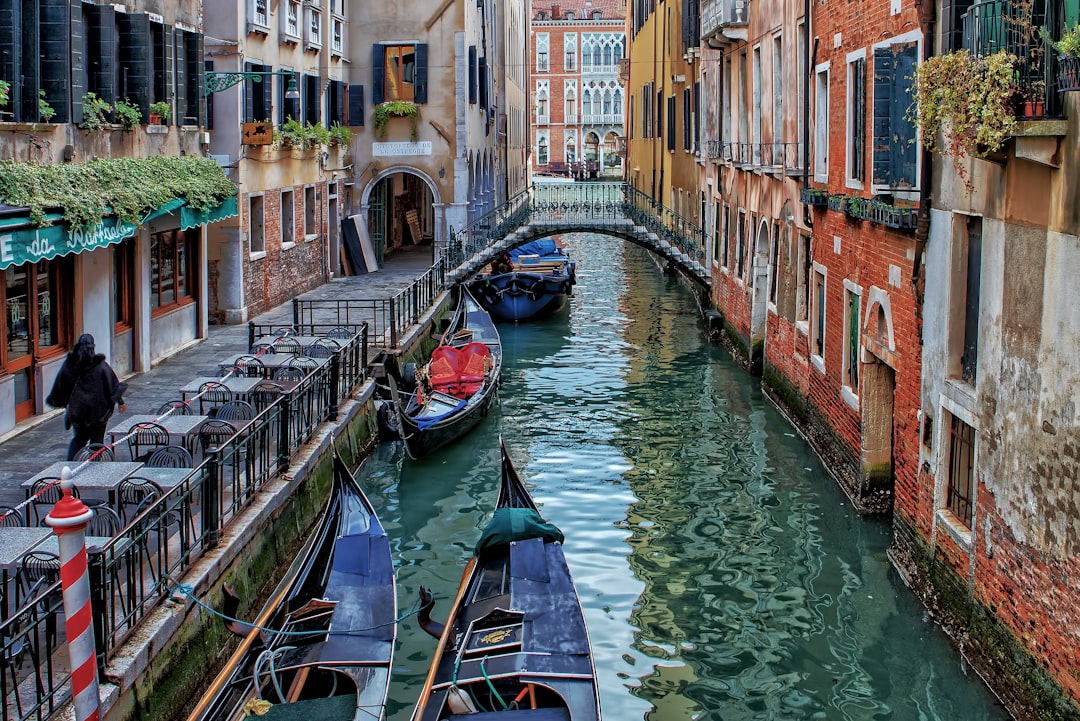
As of April 25, 2024, Venice began charging a €5 entry fee for day-trippers, targeting peak days and aiming to stem the tide of visitors that reached 20 million last year. The city council has also limited group tour sizes to 25 people and banned loudspeakers. Cruise ships larger than 25,000 tons remain barred from sailing through the historic center since 2021, a rule reinforced after UNESCO threatened to list Venice as an endangered heritage site. The city’s new online reservation system requires tourists to book their day visits in advance, with authorities warning that fines for non-compliance can reach €300. Local leaders say the measures are designed to protect Venice’s fragile ecosystem and cultural legacy, not just to generate revenue. Early data from May 2024 indicates a 12% drop in day-tripper traffic compared to the same period in 2023, signaling that the new deterrents are already having an effect.
Bhutan: High Daily Tourist Tax to Preserve Culture

Bhutan has long favored “high value, low impact” tourism, but in September 2022, it raised its mandatory Sustainable Development Fee to $200 per person per night, one of the world’s steepest tourist taxes. The policy was slightly relaxed in September 2023, allowing a 50% discount for longer stays, yet the fee remains substantial at $100 per night. According to the Bhutan Tourism Board, arrivals in 2024 are less than half of the 2019 peak, as many budget-conscious travelers are simply priced out. Authorities insist the high fee is necessary to protect Bhutan’s pristine environment and unique traditions from the strains of mass tourism. Only 63,000 international tourists visited in 2023, compared to over 300,000 in neighboring Nepal. The government has explicitly stated it would rather see fewer, more respectful visitors than risk the country’s cultural integrity.
Amsterdam, Netherlands: Actively Discouraging Party Tourism
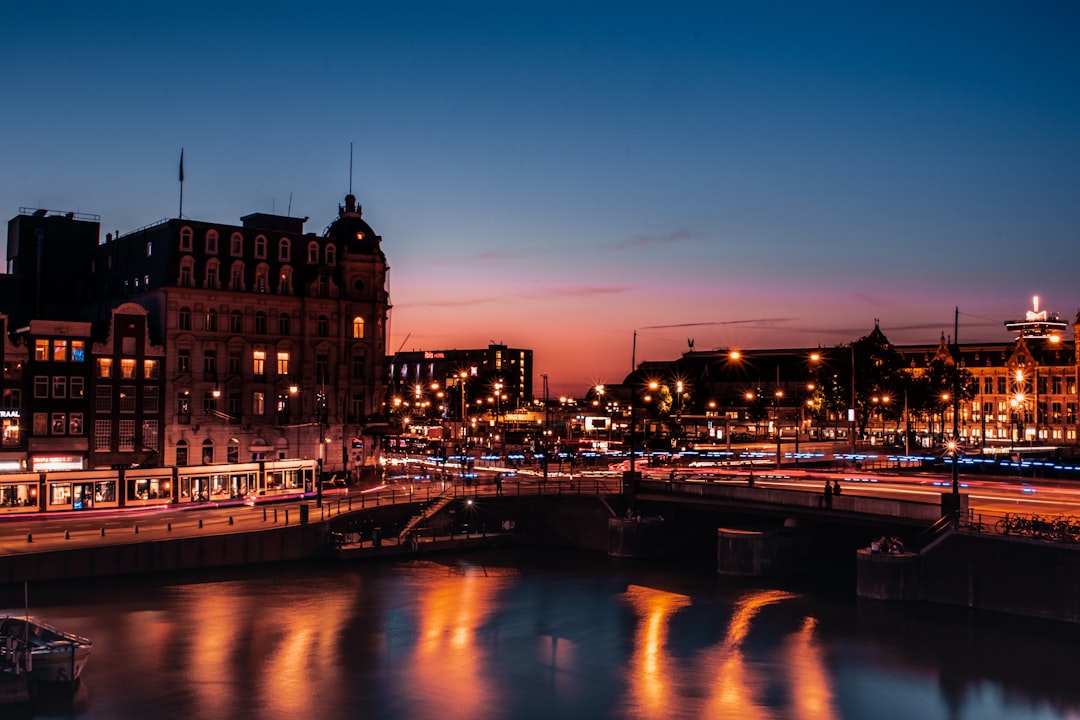
Amsterdam is taking bold steps to shake off its party capital image and reduce nuisances caused by rowdy tourists, particularly British and German men on stag parties. In March 2024, the city council extended its ban on new hotels, shut down dozens of short-term rentals, and launched a “Stay Away” ad campaign aimed at would-be partygoers. From mid-2024, the red-light district enforces an earlier closing time for window brothels and prohibits smoking cannabis on the street. The city has also capped the number of river cruises and souvenir shops in the historic center. In 2023, Amsterdam welcomed 20.6 million overnight visitors, but officials are aiming to keep numbers under 18 million this year. The city’s mayor, Femke Halsema, has publicly stated that Amsterdam “does not want to be known as a place for mindless excess” anymore, making it clear that certain types of tourists are no longer welcome.
New Zealand: Conservation Fees and Visitor Caps
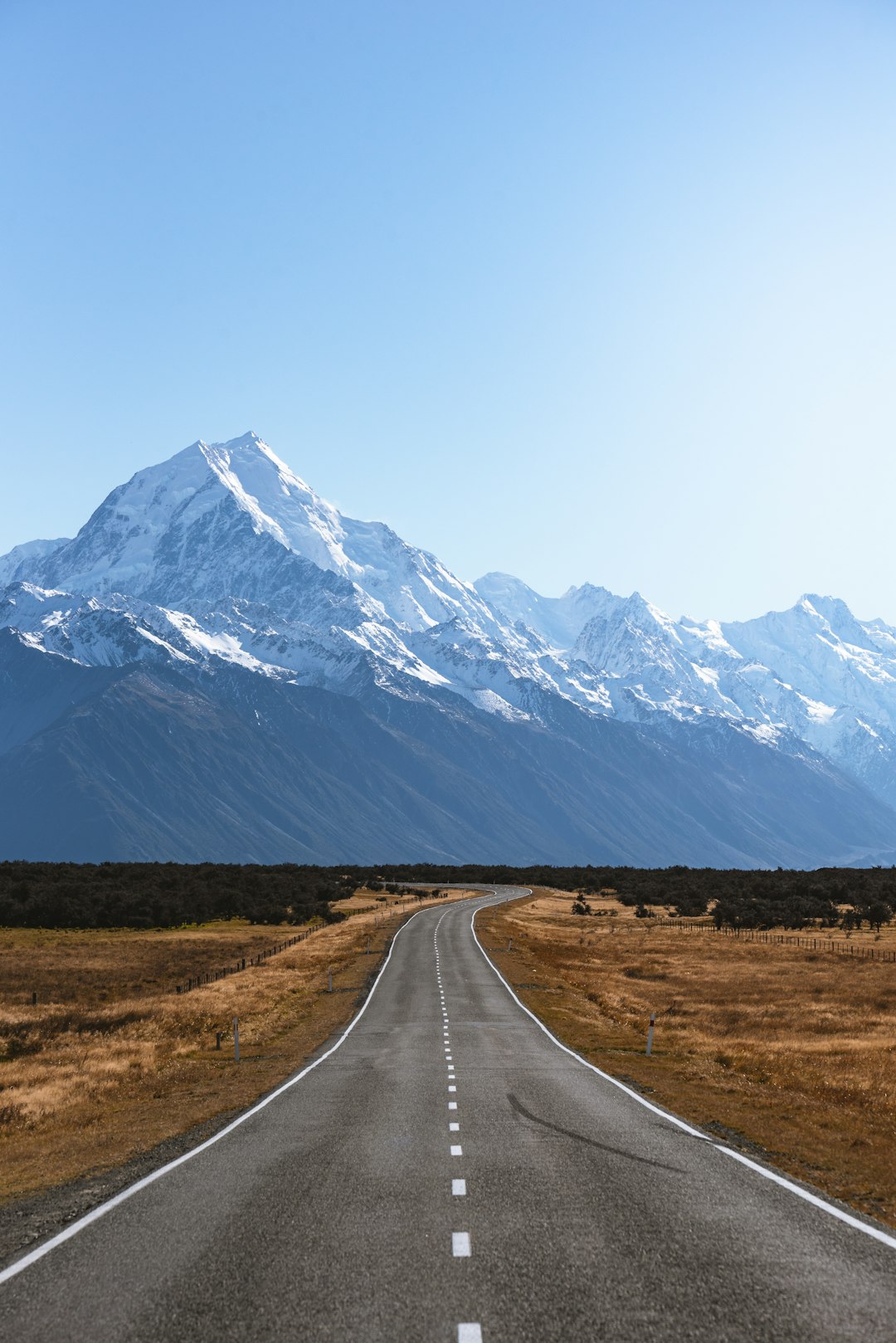
Tourism New Zealand reports that international arrivals have rebounded sharply, putting renewed pressure on the country’s fragile landscapes. In response, the government introduced a $35 International Visitor Conservation and Tourism Levy in 2019, and in February 2024, began exploring further caps at high-traffic attractions like Milford Sound and Tongariro National Park. The Department of Conservation now limits daily hiking permits for the famous Milford Track to just 120 people, with spots selling out within hours. Popular destinations such as Hobbiton and Rotorua have announced price hikes and advanced booking requirements to avoid overcrowding. The new draft tourism strategy, published in March 2024, openly acknowledges that “not all visitors are equal” and prioritizes those who are more likely to contribute to the local economy and respect nature. These moves have already led to a 15% decrease in visitor numbers at key conservation sites compared to 2019 levels.
Thailand: Cutting Back on Mass Tourism to Protect Islands
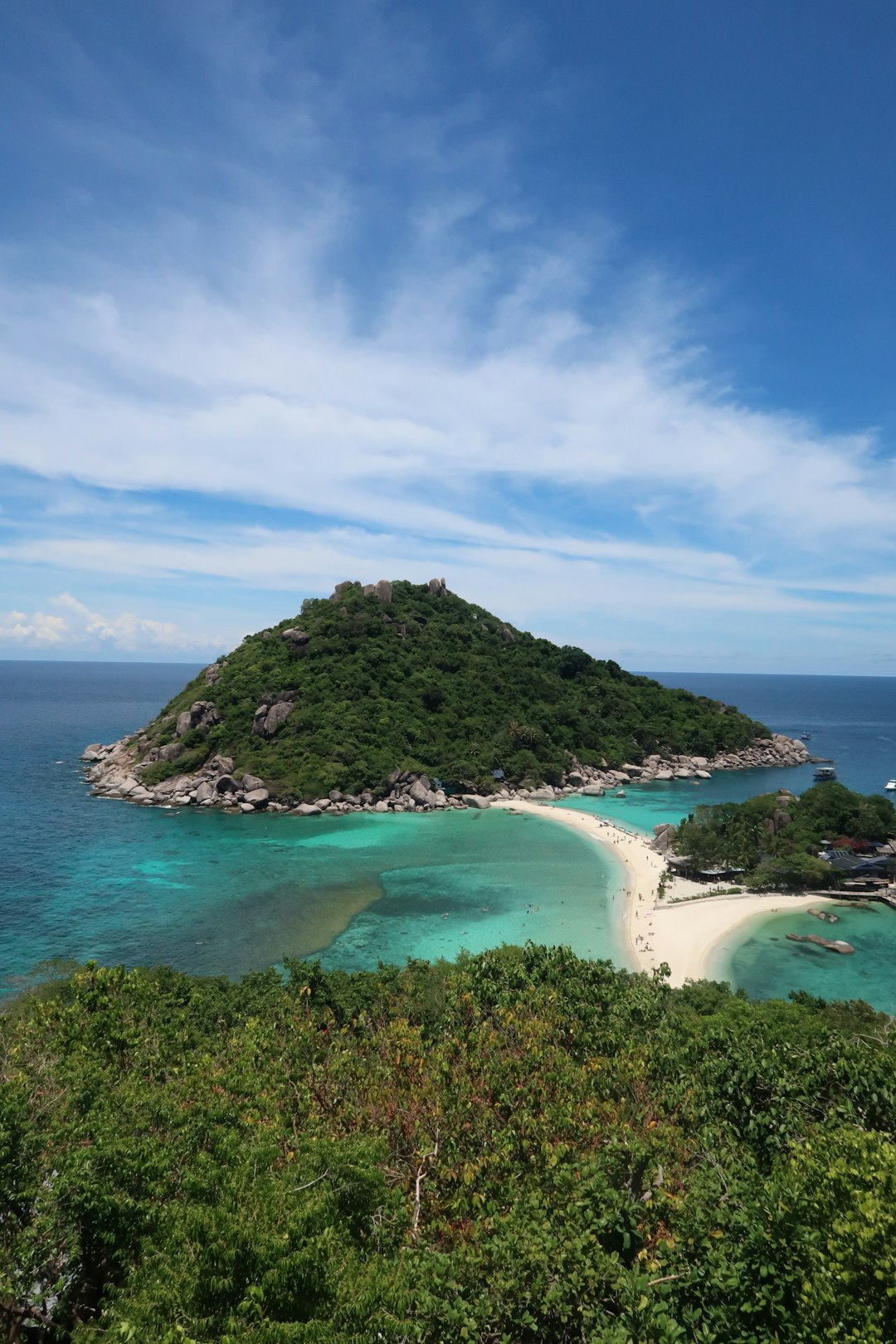
Thailand’s approach to tourism has changed dramatically, especially concerning its iconic islands. In January 2024, Maya Bay—made famous by the film “The Beach”—extended its seasonal closure to four months per year, restricting daily visitors to 3,000, compared to pre-pandemic highs of 5,000 per day. Koh Tachai and several islands in the Similan archipelago remain off-limits to tourists, with park rangers citing coral bleaching and plastic pollution as primary concerns. The Tourism Authority of Thailand reported in March 2024 that visitor numbers to the Andaman Sea islands are down 30% year-on-year, largely due to these new access limits. Government officials have also increased environmental fines, with littering now punishable by on-the-spot penalties of up to 100,000 baht (around $2,700). The Minister of Natural Resources stated, “Our islands are not for sale to the highest bidder—the environment comes first.”
Barcelona, Spain: Halting New Hotels and Regulating Rentals

Barcelona is cracking down on overtourism with a strict ban on new hotel permits in the city center and a robust regulatory regime for short-term rentals. As of April 2024, local authorities have closed 2,500 illegal Airbnb listings and announced plans to revoke licenses for rentals that do not comply with stricter noise and safety standards. The city has also limited guided tour groups to 15 people and imposed “quiet zones” in residential neighborhoods. According to the Barcelona City Council, tourist numbers hit 12.5 million in 2023, but new quotas aim to bring daily visitors down by at least 20% in 2025. The city’s mayor, Jaume Collboni, has publicly stated that “Barcelona is for its residents, not just for tourists,” signaling a clear shift in policy. New digital booking systems for major attractions like Sagrada Familia and Park Güell now enforce strict hourly slots to prevent overcrowding.
Hawaii, USA: Permits and Entry Caps to Protect Nature

Hawaii’s natural beauty has drawn record-breaking crowds, with 9.5 million visitors in 2023—far more than the state’s 1.4 million residents. In response, authorities have begun enforcing strict permit requirements for popular spots like Haena State Park (Kauai) and Hanauma Bay (Oahu), each capping daily entries at 900 and 1,000 people, respectively. The state’s new “Mālama Hawai‘i” program, launched in 2024, encourages voluntourism and prioritizes visitors who participate in conservation efforts. Maui County has proposed a new $25 “visitor impact fee” to fund local infrastructure and environmental repairs, with a bill currently pending in the Hawaii State Legislature. In March 2024, the governor publicly stated, “We can no longer sacrifice our islands’ health for unchecked tourism.” Early data shows a 10% decrease in visitation to protected sites since the new measures began.
Machu Picchu, Peru: Strict Ticketing and Time Slots
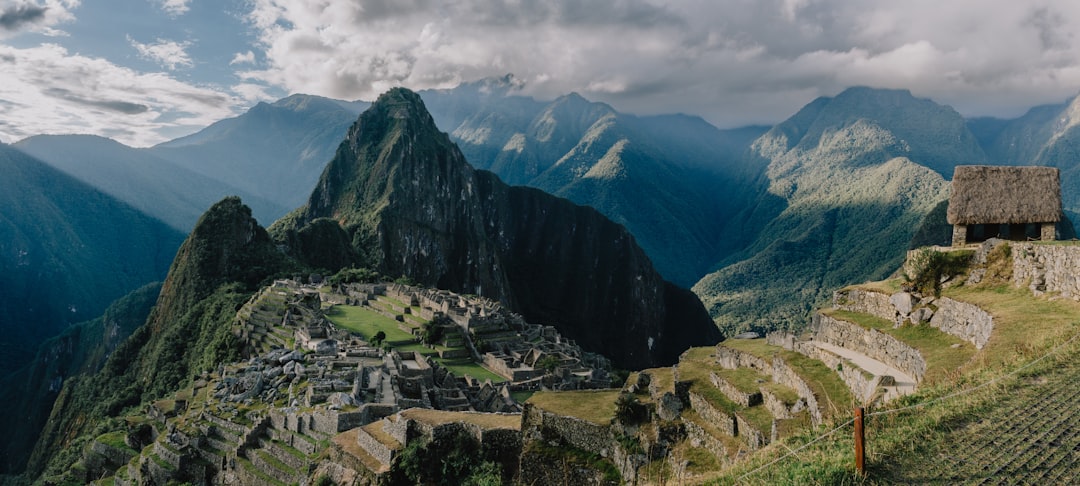
Machu Picchu now enforces strict daily visitor limits, allowing no more than 4,500 people per day, down from the previous cap of 5,600 before 2020. As of January 2024, all visitors must book tickets in advance for specific time slots, and only 200 are allowed to climb Huayna Picchu per day. The Peruvian Ministry of Culture reported that in 2023, the site received 1.2 million visitors, a 20% drop from 2019, directly attributable to these new restrictions. The government has also banned single-use plastics and limited large groups to 16 people with official guides. Local officials have warned that if crowding continues to threaten the site’s integrity, further reductions in tourism may follow. Archaeologists and conservationists have praised the new system, with UNESCO stating in March 2024 that the measures are “a model for sustainable management of heritage sites.”
Bhutan: High Daily Tourist Tax to Preserve Culture

Bhutan has long favored “high value, low impact” tourism, but in September 2022, it raised its mandatory Sustainable Development Fee to $200 per person per night, one of the world’s steepest tourist taxes. The policy was slightly relaxed in September 2023, allowing a 50% discount for longer stays, yet the fee remains substantial at $100 per night. According to the Bhutan Tourism Board, arrivals in 2024 are less than half of the 2019 peak, as many budget-conscious travelers are simply priced out. Authorities insist the high fee is necessary to protect Bhutan’s pristine environment and unique traditions from the strains of mass tourism. Only 63,000 international tourists visited in 2023, compared to over 300,000 in neighboring Nepal. The government has explicitly stated it would rather see fewer, more respectful visitors than risk the country’s cultural integrity.




